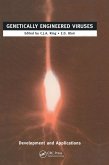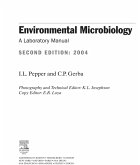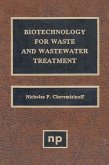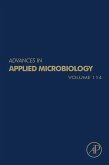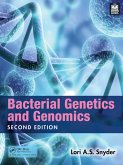Environmental Microbiology: A Laboratory Manual is designed to meet the diverse requirements of upper division and graduate-level laboratory sessions in environmental microbiology. The experiments introduce students to the activities of various organisms and the analyses used to study them. The book is organized into three thematic sections: Soil Microbiology, Water Microbiology, and Environmental Biotechnology.
The first section includes experiments on soil as a habitat for microorganisms, and introduces the main types of soil microorganisms, how they interact with the soil, and the techniques used in their analysis. Experiments in the second section cover assays of microbial pathogens -- bacteria, viruses, and protozoan parasites -- used in food and water quality control as well as an exercise in applied bioremediation of contaminants in water. The final section on biotechnology includes applications of the polymerase chain reaction (PCR) for the detection of bacteria and the use of enrichment cultures and a computer-based, physiological test bank to isolate and identify a bacterium useful in bioremediation.
Designed for maximum versatility and ease of use for both the student and instructor, each experiment is self-contained and includes theoretical, practical, and pedagogical material.
Key Features
* Each chapter contains a single laboratory experiment, many of which include illustrations and illustrated procedure schematics
* Experiments are extensively cross-referenced to provide ready access to related information and illustrations found in other experiments
* All of the experiments include lists of materials and equipment as well as media recipes
* Supplementary mathematical, statistical, and chemical analysis information and a comprehensive glossary cross-referenced to the text are found in the appendix
* The entire book has been designed to be versatile and contains perforated pages suitable for use in loose-leaf binders. Wide margins give students ample room for note taking during pre-lab discussions
The first section includes experiments on soil as a habitat for microorganisms, and introduces the main types of soil microorganisms, how they interact with the soil, and the techniques used in their analysis. Experiments in the second section cover assays of microbial pathogens -- bacteria, viruses, and protozoan parasites -- used in food and water quality control as well as an exercise in applied bioremediation of contaminants in water. The final section on biotechnology includes applications of the polymerase chain reaction (PCR) for the detection of bacteria and the use of enrichment cultures and a computer-based, physiological test bank to isolate and identify a bacterium useful in bioremediation.
Designed for maximum versatility and ease of use for both the student and instructor, each experiment is self-contained and includes theoretical, practical, and pedagogical material.
Key Features
* Each chapter contains a single laboratory experiment, many of which include illustrations and illustrated procedure schematics
* Experiments are extensively cross-referenced to provide ready access to related information and illustrations found in other experiments
* All of the experiments include lists of materials and equipment as well as media recipes
* Supplementary mathematical, statistical, and chemical analysis information and a comprehensive glossary cross-referenced to the text are found in the appendix
* The entire book has been designed to be versatile and contains perforated pages suitable for use in loose-leaf binders. Wide margins give students ample room for note taking during pre-lab discussions
Dieser Download kann aus rechtlichen Gründen nur mit Rechnungsadresse in A, B, BG, CY, CZ, D, DK, EW, E, FIN, F, GR, HR, H, IRL, I, LT, L, LR, M, NL, PL, P, R, S, SLO, SK ausgeliefert werden.



